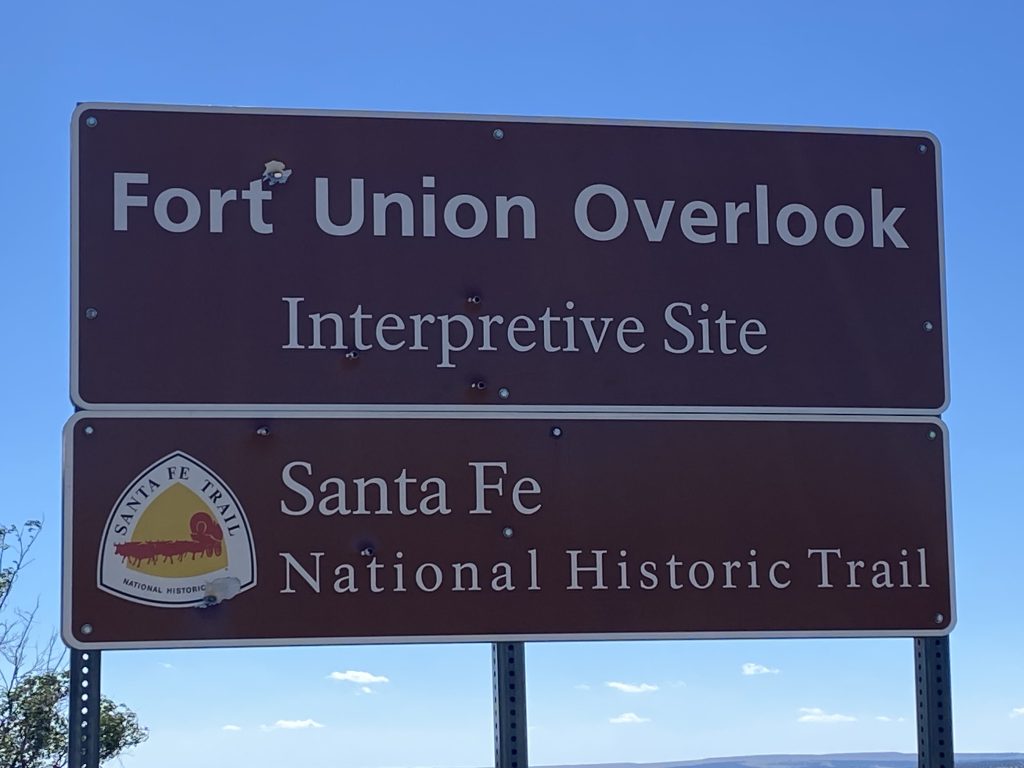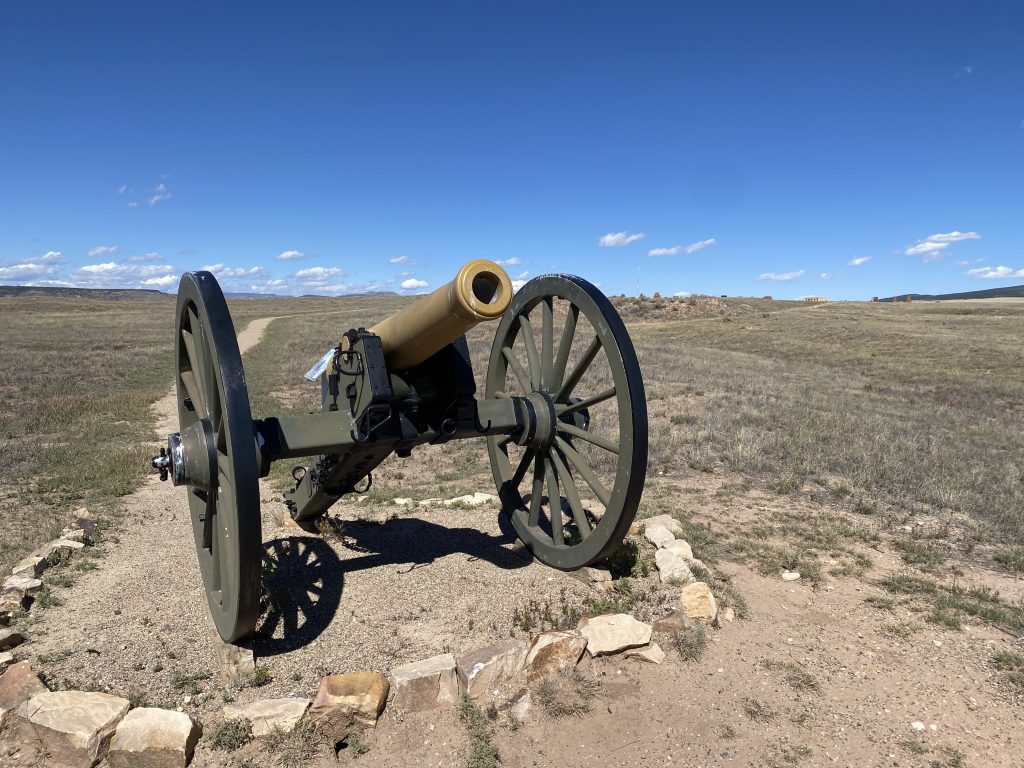ECW Weekender: Fort Union
Fort Union is one of the more remote Civil War sites you can visit, but well worth a few hours of your time if you find yourself passing through northeastern New Mexico.
Fort Union is located off of I-25, about half an hour north of Las Vegas, NM (not to be confused with the Sin City in Nevada). It was established in 1851, by Lt. Col. Edwin Sumner, who would go on to serve as a division and corps commander in the Army of the Potomac.
Fort Union was intended to guard travelers along the Santa Fe Trail, a major route for trade and white settlers moving west. It eventually grew into the central logistical hub for the Army throughout the Southwest, becoming the largest U.S. Army post for hundreds of miles in any direction, and a cornerstone of the federal government’s presence in the region.
In 1851, Captain John Pope, of future Second Manassas fame, spoke very favorably of the area:
“The grass is very abundant and of excellent quality and wood is plenty in the neighborhood. There are many springs of clear, cold water in the vicinity and this valley is in short by far the most desirable portion of country I have seen since leaving Missouri.”
The initial fort was made quickly, with poorly prepared materials. More importantly from a military standpoint, it had been sited at the foot of a mesa to block the maddeningly constant wind that blows through. When war broke out, and Texans under Col. John Baylor and Brig. Gen. Henry Hopkins Sibley invaded the New Mexico Territory, it also became clear that while putting a fort below the mesa might make it more comfortable for the wind, it was a terrible idea if you might have to defend it against an enemy with artillery.

Canby considered Fort Union one of the few posts in the region that had to be held under any circumstances. He ordered a new fort constructed, out of artillery range of the surrounding hills, in a “star fort” configuration that was in line with best military engineering practices of the day.
After the Confederate victory at Valverde and the subsequent Union evacuation of Santa Fe, Fort Union became a rallying point for the territorial government, the handful of U.S. regulars left in the northern part of the territory, and newly arrived volunteer reinforcements from Colorado.
Today, the original fort has been lost to time, and according to the ranger I spoke to, its location is only made accessible by private landowners once a year. From a distance you can still see the ruins of subsequently built arsenal buildings that mark the spot, and make clear why it was a poor location from a military standpoint.

You can see, and walk through, some of the remains of the 1862 star fort, as well as the much better preserved remains of a third fort that was constructed later. A 1.5 mile trail covers most of the remaining buildings, and a shorter version of the trail conveys most of the story. The Visitors Center has a 15-minute movie for orientation, and a selection of artifacts and context about frontier army life in the region. In addition, on your way to the fort itself, there are pull offs where you can see surviving wagon ruts from the Santa Fe Trail, and a scenic overlook looking down on the area.
The self-guided tour presents the fort’s history from a range of perspectives, weaving in the viewpoints and experiences of Hispanos, Native Americans, and New Mexico Volunteers. The guide booklet sums up the complexity of the 19th century Southwest best when it says, “To grasp the complex history of Fort Union you must go beyond your own viewpoint to understand the perspectives of those who came before you in the era shaped by American Expansion.”
As of writing this, in October 2023, Fort Union has no entrance fee, and is open from 8 AM to 4 PM, seven days a week. It’s worth checking out their site before visiting.

It is unlikely I’ll ever have the opportunity to visit, so this nice description will have to do. Thank you for sharing it.